Coming back from an injury is a journey familiar to many committed runners. It takes patience, resilience, and adaptability to make it through to the other side. Team Injinji Athlete Trish Arends is a Doctor of Physical Therapy (DPT), running coach and ultramarathoner living in Garden City, Idaho. In this interview, she shares her experience navigating injury, surgery and recovery.
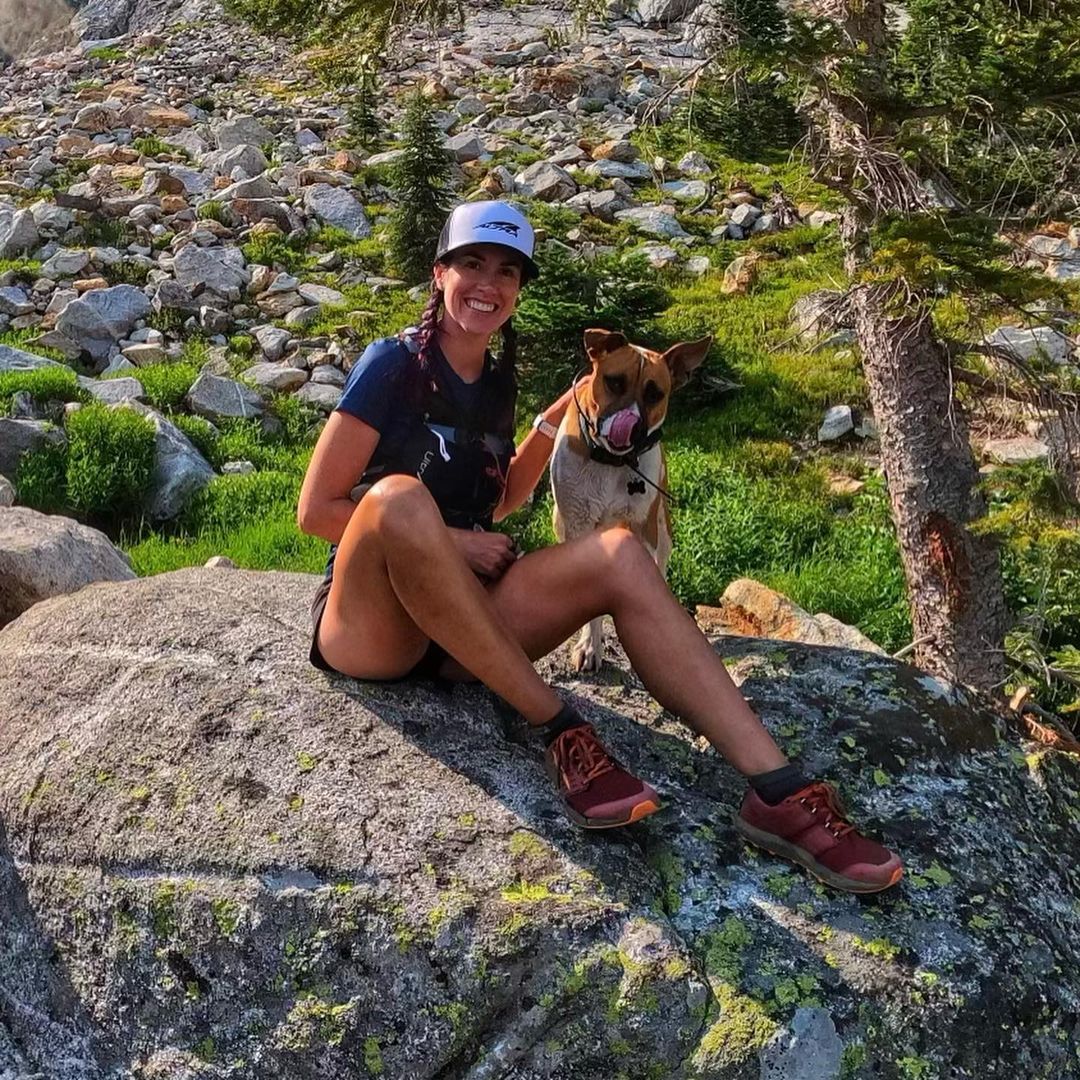

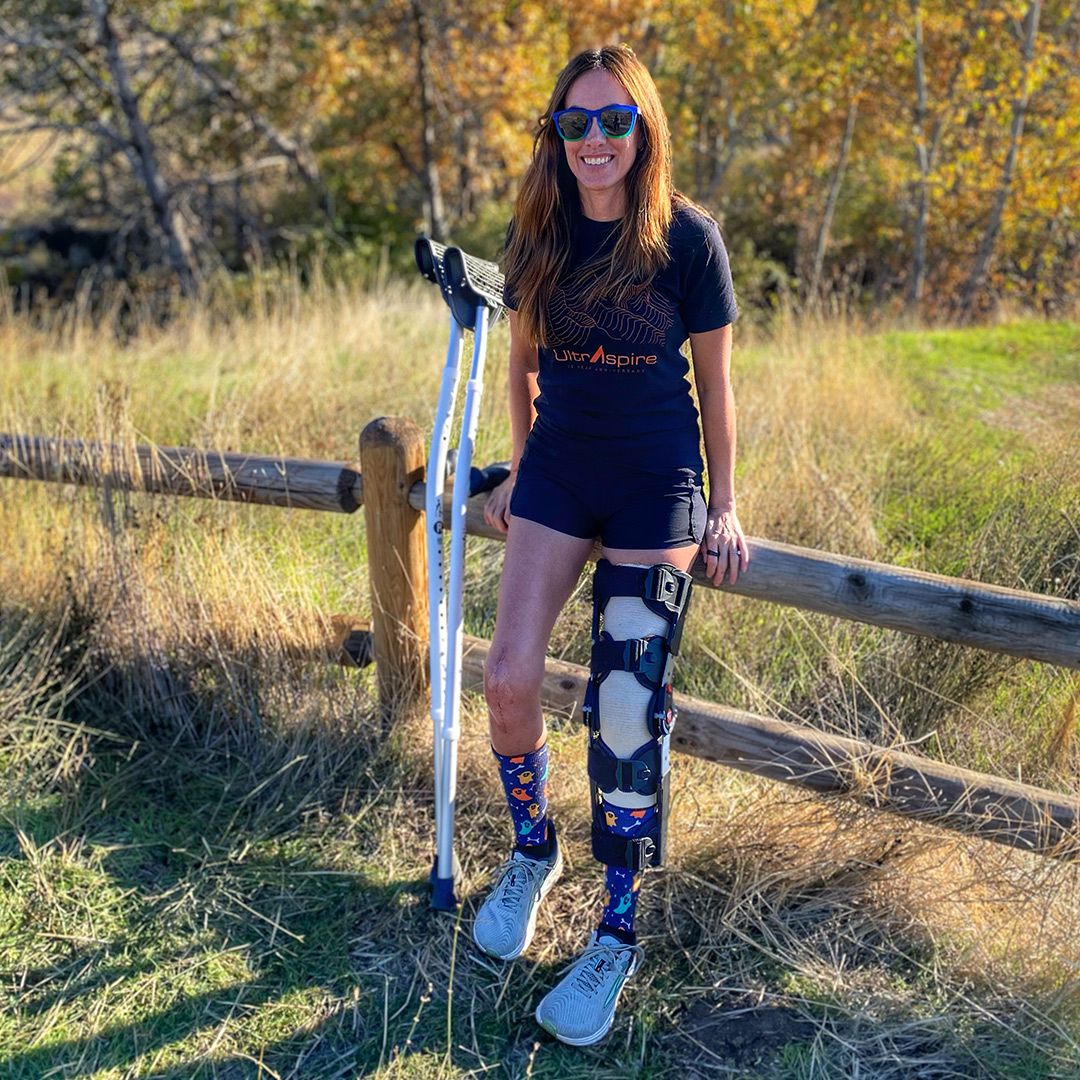

Please share a little about yourself and your history with running.
I have a very long history of running. I grew up watching my dad lace up his shoes almost every day of the week. No matter what was going on, my dad made sure that was part of his day. Well, he passed that on to me! I did run track for three years, but just didn’t care for it. I liked longer distances and solitude. However, I didn’t get into ultra running until 2017 when I decided to run a 50-miler without training! Needless to say, it wasn’t pretty, but I finished and was hooked.
Many runners have gone through an injury cycle at least once in their life. What has your experience with injury been?
My history with injury goes way back to junior high. When I started track, I was in and out of physical therapy (PT), as well as orthopedic surgeons, dealing with knee and hip pain. Unfortunately, they never could tell me why I had pain. Some said it was in my head, some sent me to PT for strengthening. I did all the exercises and wore the braces, but no matter what, I still had pain. Advil was my friend.
Fast forward to ultra running when I, again, became chronically injured. In March of 2022, my body finally stopped me. I could no longer run through the pain. My right knee was the size of a grapefruit! After imaging, it was found that I had no cartilage left in my patellofemoral compartment and I needed what they call patellofemoral arthroplasty, which replaces damaged cartilage with an artificial implant. I was told this would fix my pain, and I’d be back to running. Unfortunately, this was not the case. Five months after surgery, I was running and all of a sudden was stopped in my tracks by searing, burning pain like nothing I had ever felt. They ordered tests and told me nothing was wrong, and therefore there was no plan except to get a second opinion. The second opinion also told me they couldn’t find anything wrong and that I should become a cyclist. I was an emotional mess. Not knowing what to do, I shared my story with a close client, and he said, "You send your clients to Steadman Clinic when they are told nothing is wrong, why aren’t you sending your images to them?”
I finally sent my images to Steadman Clinic, renowned in sports medicine. They told me what was wrong and why I have had hip pain all my life. I was diagnosed with hip dysplasia and bilateral patellofemoral maltracking. Plus, my right kneecap was cracked. It looked like a puzzle piece, and there were shards of bone in the soft tissue around my knee causing scar tissue and pain.
I have had four surgeries this year so far. I have had two tibial tubercle osteotomies to correct my knee alignment, plus an open surgery to fix my right kneecap with a bone graft and three screws, and a right hip scope to fix my labrum and re-shape my socket/femoral head. I have one surgery to go on the left hip and I’ll begin my road back to running. I can already tell the difference.
The moral of this story is to be your own advocate and don’t give up.
How has injury affected your overall approach to training and staying active?
The only cardio activity that I have been able to do is cycle on a trainer. For each of my knee surgeries, I have had six weeks of no cardio and limited exercise. It really forces you to sit with yourself, to learn to give yourself grace. A forced rest for the body isn’t always a bad thing. It definitely changes your perspective when even taking a shower feels like running an ultra!
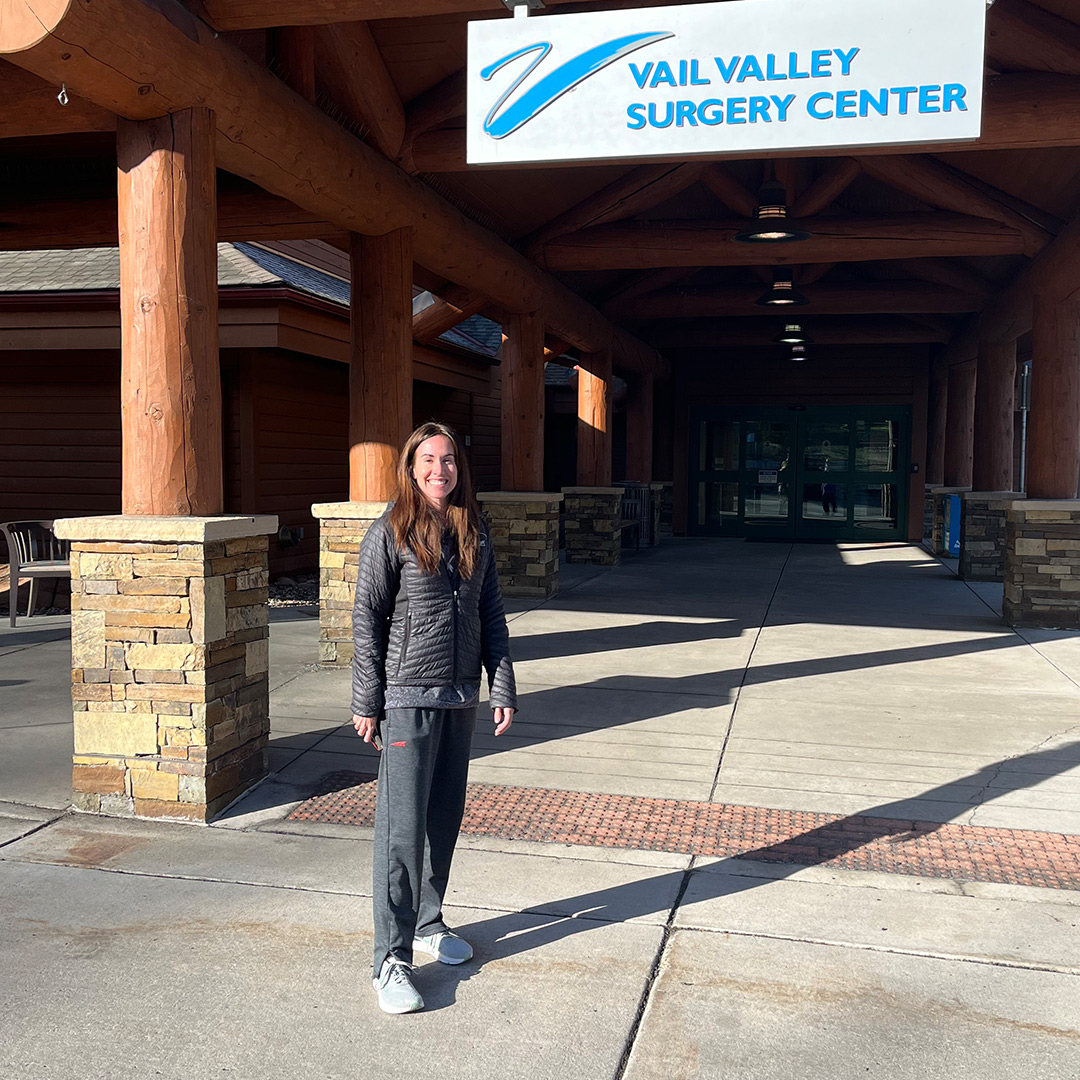

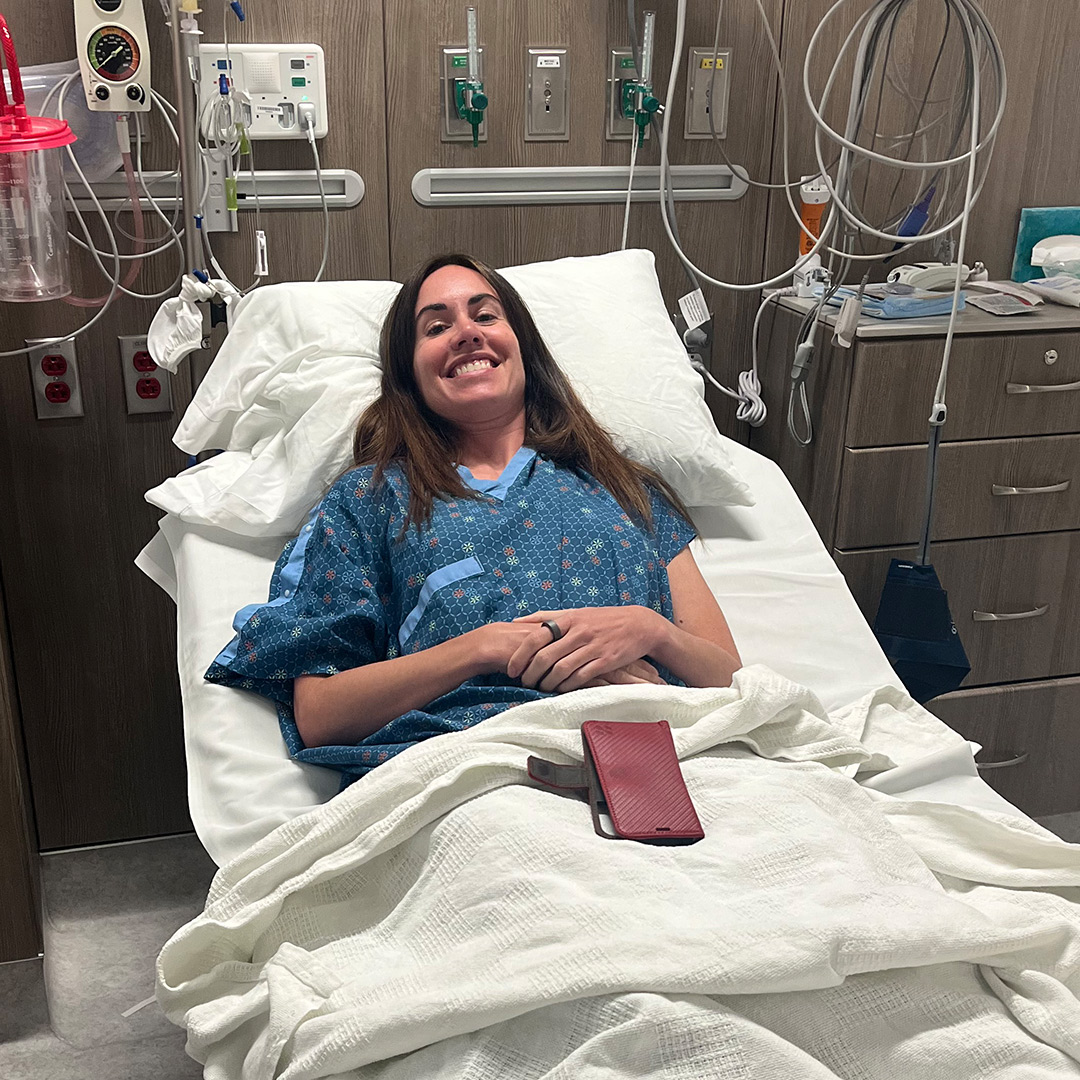

What has been your favorite way to exercise during your recovery period?
Biking and Kinstretch, a style of mobility and strength that I teach, have been my go-to indoor workouts. When I’m cleared to walk after a surgery, that's a breath of fresh air! Sometimes, though, I just need to get to the trails for even a minute. My husband, Garrick, drove me to a trail a few weekends ago, and I crutched around for about fifteen minutes, which was a huge mood booster!
Are there any ways to promote healing that you’ve tried that you recommend?
I have been using a Pulsed Electromagnetic Field (PEMF) device called a BEMER. It healed my incisions so fast that the stitches became embedded in my skin! In a nutshell, it increases microcirculation, which is huge for healing. I also use Red Light Therapy which helps decrease inflammation, increase blood flow, and aid in collagen synthesis, to name a few of the benefits. I also eat very cleanly and make sure to get in a lot of protein to help recovery.
As a coach, it’s important to help your athletes get to their start lines healthy and happy. How do you prioritize this in your coaching philosophy? What strategies do you employ to ensure your athletes achieve a balanced, sustainable approach to running?
In ultra running, pushing through pain is almost seen as a badge of honor at times. While having a high pain tolerance is great for those deep miles, it's not great when it comes to injury. Often, we push through for too long, which can lead to other problems as the body compensates. What I try to instill in my athletes is this: when you feel an uncomfortable sensation or pain, the best strategy is to take that extra day or two off. Why? That extra day or two off won't affect your fitness, but continuing to run through it could affect your ability to get to the start line of your goal race.
My athletes know when we start together that I want to hear about even the smallest irritations—the tiny ankle roll, the ache that comes and goes, when there is extra stress at work, can't sleep, etc. These stresses play a major factor in training, and we may have to back off. Strength and mobility training are also a big part of their plans, which has really helped negate a lot of injuries that would normally pop up.
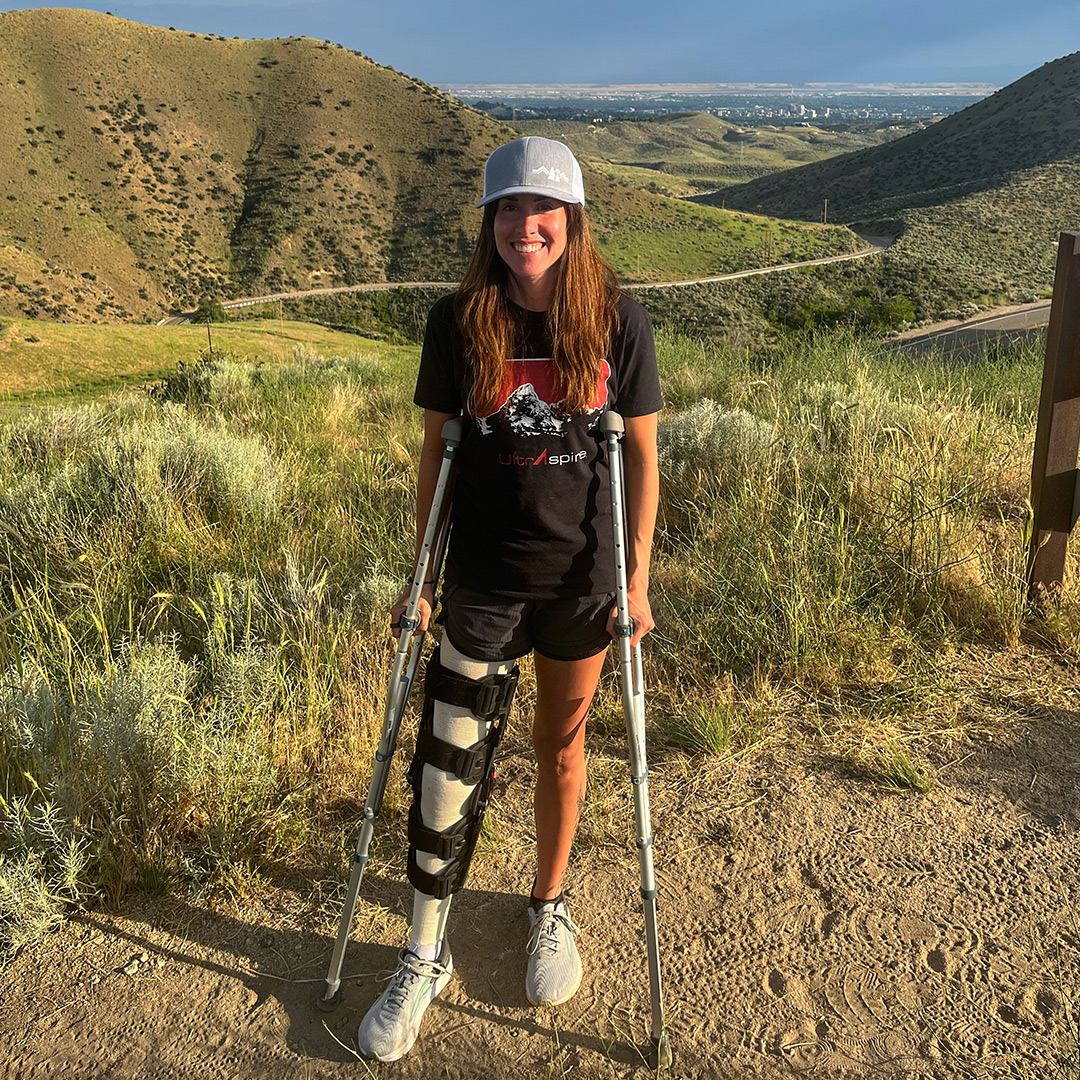

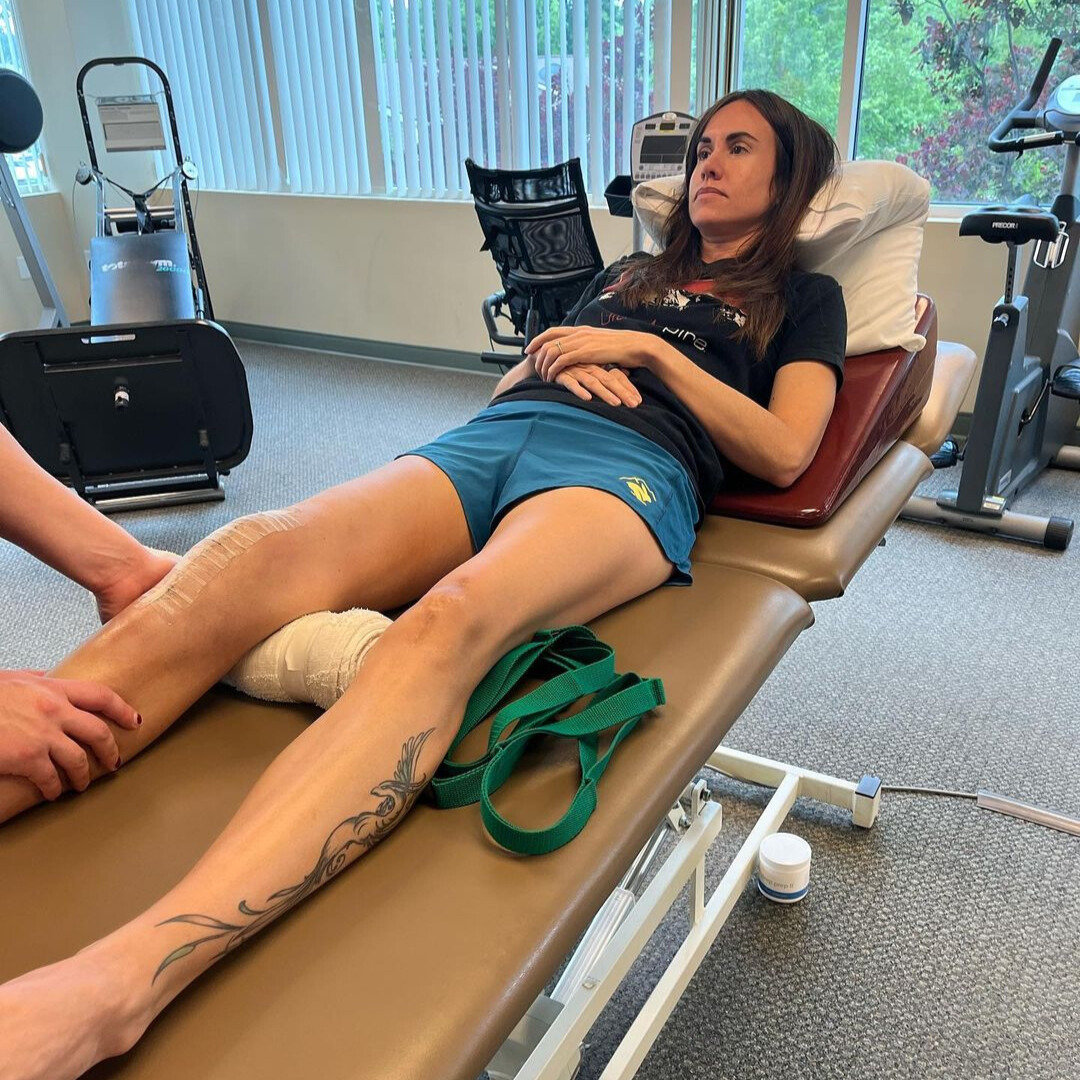

What advice do you offer to athletes who may be hesitant about trying alternative activities during their recovery periods?
Runners just want to run. I get it. But we have to look at the bigger picture. If you keep trying to run through an injury, or try to come back too quickly from one, you may set yourself back months versus a couple of weeks. I will ask them, "You want to run XYZ races, how are you going to get there with chronic injuries? What do we need to do to get you there healthy?”
Do you have ways to cope with the mental and emotional challenges that often accompany injury cycles?
Find something else that engages you. Set small goals and celebrate those wins. Even if it is just being able to stand up from a chair without help. I am lucky to have an amazing partner, family, and friends who have been so supportive through everything, and being a DPT and a coach is a great way to stay connected to the sport!
Looking back on your own experiences, what would you say is the most valuable lesson you’ve learned about staying active and resilient in the face of injury?
Rest is important and not the enemy. I think as runners, it can be hard to sit still. I have found myself many times thinking “Goodness, you’re being so lazy,” even when I was only one week out of a major surgery and could hardly move. This whole season for me has changed how I feel about pushing through when clearly the body is telling you no. It has forced me to sit still, appreciate any kind of movement that I can do, to focus on healing my body and giving it the rest it needs. Accept that it is a time of healing and allow your body to rest. Great energy is going towards your healing, and if you are constantly stressed, or are cross-training too much, it will delay your return. There is truth to positivity aiding in recovery. Push out the negative thoughts and re-write the narrative.
Want to learn more about Trish? Follow her adventures on Instagram, @ultrat7. Whether you’re still on the road to recovery, or freshly returning to your training regimen after an injury, Injinji toesocks are a great way to care for your long-term foot health.








